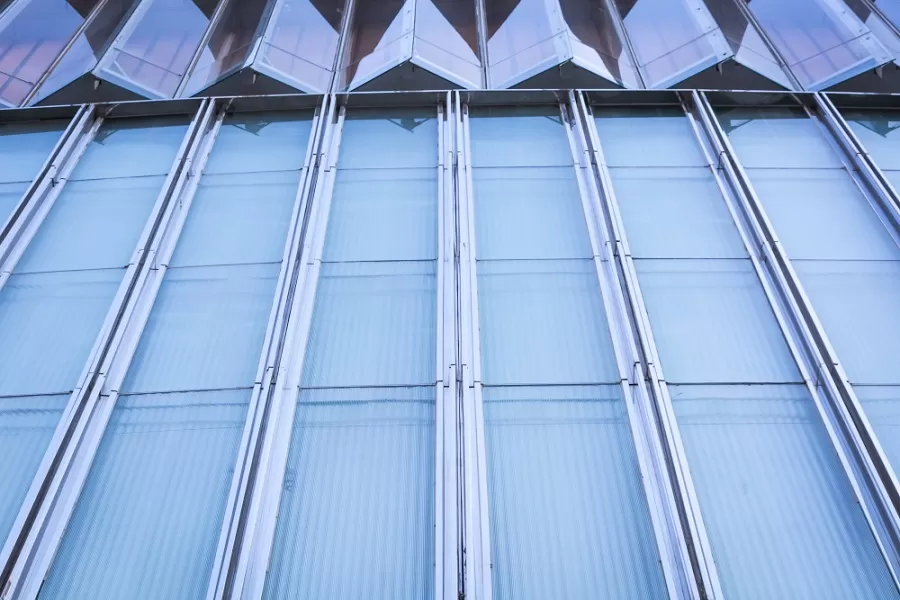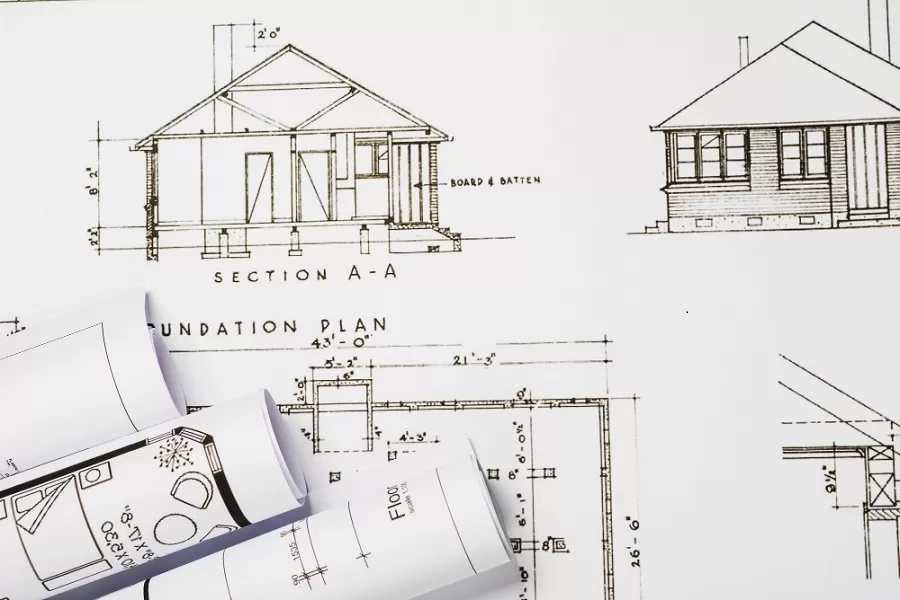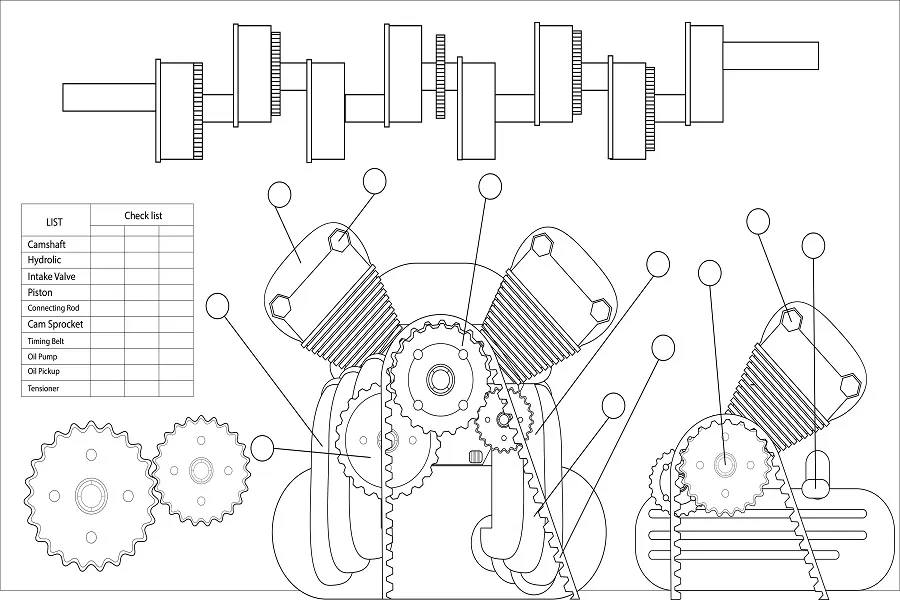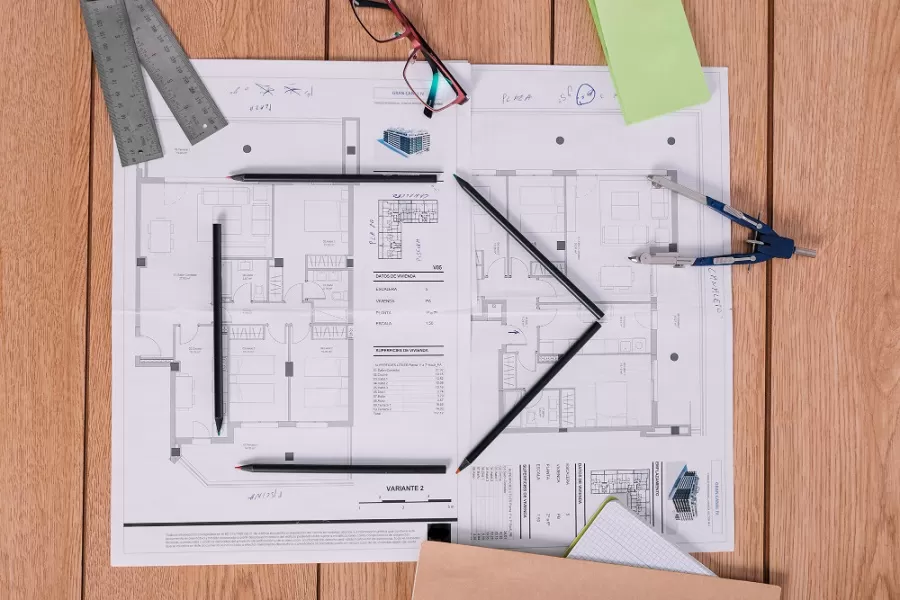Burj Khalifa is the most iconic structure, famous not just in Dubai but around the world. Stretching over half a mile into the sky, it stands at an impressive 2,712 feet and holds the title of the tallest building in the world. But do you know what has helped Burj Khalifa achieve such a remarkable height?
While steel and concrete form the backbone of its structure, hidden within its concrete systems is fiber-reinforced plastic (FRP). This lightweight, rust-proof material has significantly reduced its weight while increasing its durability. This proves that today, even in the most iconic structures, traditional materials are being supported, and in some cases, replaced by advanced composites.
Understanding Advanced Composites: What is FRP?
FRP stands for Fiber-Reinforced Plastic – a composite material made of a polymer matrix reinforced with fibers. The most common types of FRPs are:
- GRP (Glass-Reinforced Plastic): Reinforced with glass fibers, it offers good strength and excellent corrosion resistance. Affordable, corrosion-resistant, and great for everyday industrial uses
- CRP (Carbon-Reinforced Plastic): Reinforced with carbon fibers, it’s lighter and stronger than GRP. It’s a premium material, mostly used in aerospace, automotive, and sports industries.
These composites combine the lightweight nature of plastic with the strength-enhancing properties of fiber, creating a material that is strong, lightweight, durable, corrosion-resistant, and highly versatile.
Why It is Gaining Quick Recognition
For decades, steel has been the MVP of construction for ages. Famous for its unmatched strength, durability, and structural integrity, steel has been increasingly used for the construction of an array of modern infrastructures – bridges, skyscrapers, industrial equipment, machinery, transportation systems, and more.
But the biggest problem with steel is its weight. Steel is dense and heavy, which often leads to increased transportation costs. Installing it requires heavy equipment and labor. It’s rust-prone too. These limitations have paved the way for alternative materials, and one of the most promising contenders is FRP.
FRP (GRP & CRP) Versus Steel: How Do They Measure Up
While steel has been a trusted material for decades, FRP offers a unique set of properties. Let’s break down how FRP and steel stand against each other:
1. Strength-to-Weight Ratio
Steel is undeniably strong and the first choice when constructing tall structures and heavy-duty applications where extremely high loads are common.
GRP and CRP, on the other hand, offer an excellent strength-to-weight ratio. In fact, CRP is up to 70% lighter and 10 times stronger per unit weight than steel. It is easy to handle, convenient to transport, and offers hassle-free onsite installation, making it ideal for:
- Walkways and platforms in industrial settings
- Cable trays and ladders in electrical installations
- Roof structures and canopies
- Marine and offshore components like boat hulls, decks, and handrails
2. Corrosion Resistance
Steel is susceptible to rust and corrosion, especially in environments with high humidity, saltwater, or chemicals. It often requires frequent painting, coating, or galvanization.
FRP is non-metallic and naturally corrosion-resistant. It performs extremely well in:
- Marine environments
- Wastewater treatment plants
- Chemical processing facilities
- Outdoor or coastal installations
3. Durability and Maintenance
Steel is very durable, but its lifespan depends on how well it’s maintained.
Fiber-Reinforced Plastic, on the other hand, does not rust, rot, warp, or degrade, and thus requires minimal maintenance.
4. Thermal and Electrical Conductivity
Steel conducts heat and electricity, and can pose safety risks or may require insulation.
GRP and CRP are natural insulators and are best used in safety-critical settings as it reduce the risk of electric shock and heat transfer. This makes them ideal for electrical applications such as cable trays, junction boxes, transformer housings, and utility poles.
5. Fabrication and Design Flexibility
Steel is heavy and rigid. Structural Steel Fabrication requires welding, cutting, and drilling. This work must be done by skilled steel detailers in controlled environments. Also, once fabricated, modifications to steel structures can be time-consuming and costly. Moreover, while steel is excellent for straight beams and uniform structural components, it lacks design flexibility.
FRP, on the other hand, is easy to mold and customize. It can be turned into complex shapes with relative ease.
6. Installation and Handling
Steel often requires cranes and larger labor for installation due to its weight and handling complexity.
Reinforced Plastic components are lightweight and modular. It allows for quicker assembly with lower installation costs.
7. Fire Resistance and Limitations
This is where steel often has the upper hand. While GRP and CRP can be treated with fire-retardant resins, they are still thermoset plastics and will weaken at very high temperatures or in open flames.
Steel is non-combustible and maintains its structural integrity in fires, making it fit for:
- High-rise buildings
- Tunnels
- Industrial ovens or kilns
8. Sustainability and Recycling
Steel is 100% recyclable. Old steel can be melted down and reused without degrading its properties.
FRP, due to its composite nature, is not as easily recyclable. But since it’s extremely durable, it demands reduced maintenance and replacements.
When to Choose GRP/FRP/CRP Over Steel
Steel is the most widely used structural material in the world, well known for its high strength, durability, and load-bearing capabilities. However, reinforced plastics outperform steel when
- There’s a Corrosive Environments: GRP and FRP excel where steel would rust or degrade.
- Weight Reduction is a Priority: CRP and GRP are ideal for structures where reducing weight is crucial, like vehicles, aircraft, or modular buildings.
- You are working on Complex Shapes or Designs: GRP offers unmatched design flexibility at lower fabrication costs.
- Long-Term ROI is the Goal: Even though FRP materials may cost more upfront, the savings in maintenance and longevity often outweigh the initial investment.
Final Thoughts
Steel has shaped the skylines and infrastructure of the modern world, but materials like GRP, FRP, and CRP are transforming the future. These composites bring superior performance, flexibility, corrosion resistance, and lightweight advantages to the table.
As technology advances and sustainability becomes a global priority, more and more manufacturers and engineers have started to use these materials not just as alternatives to steel.
While they are not replacing steel, they certainly are finding their own space in modern infrastructure and industrial design.
Need precise and professional shop drawings for your next project?
At Enginerio, we deliver accurate, fabrication-ready drawings for FRP, GRP, CRP, and steel structures. Contact us today to streamline your design-to-build process with expert support and on-time delivery.





